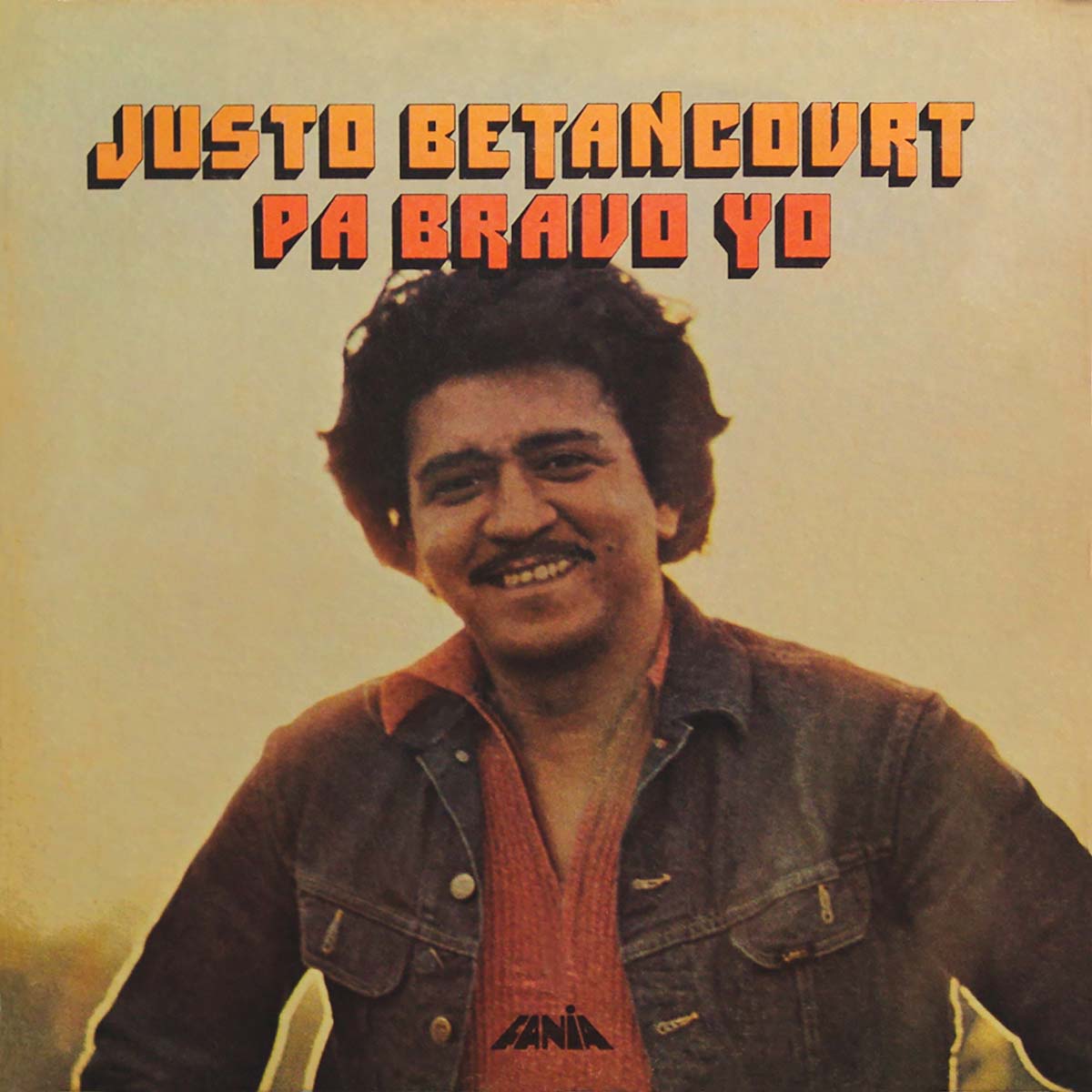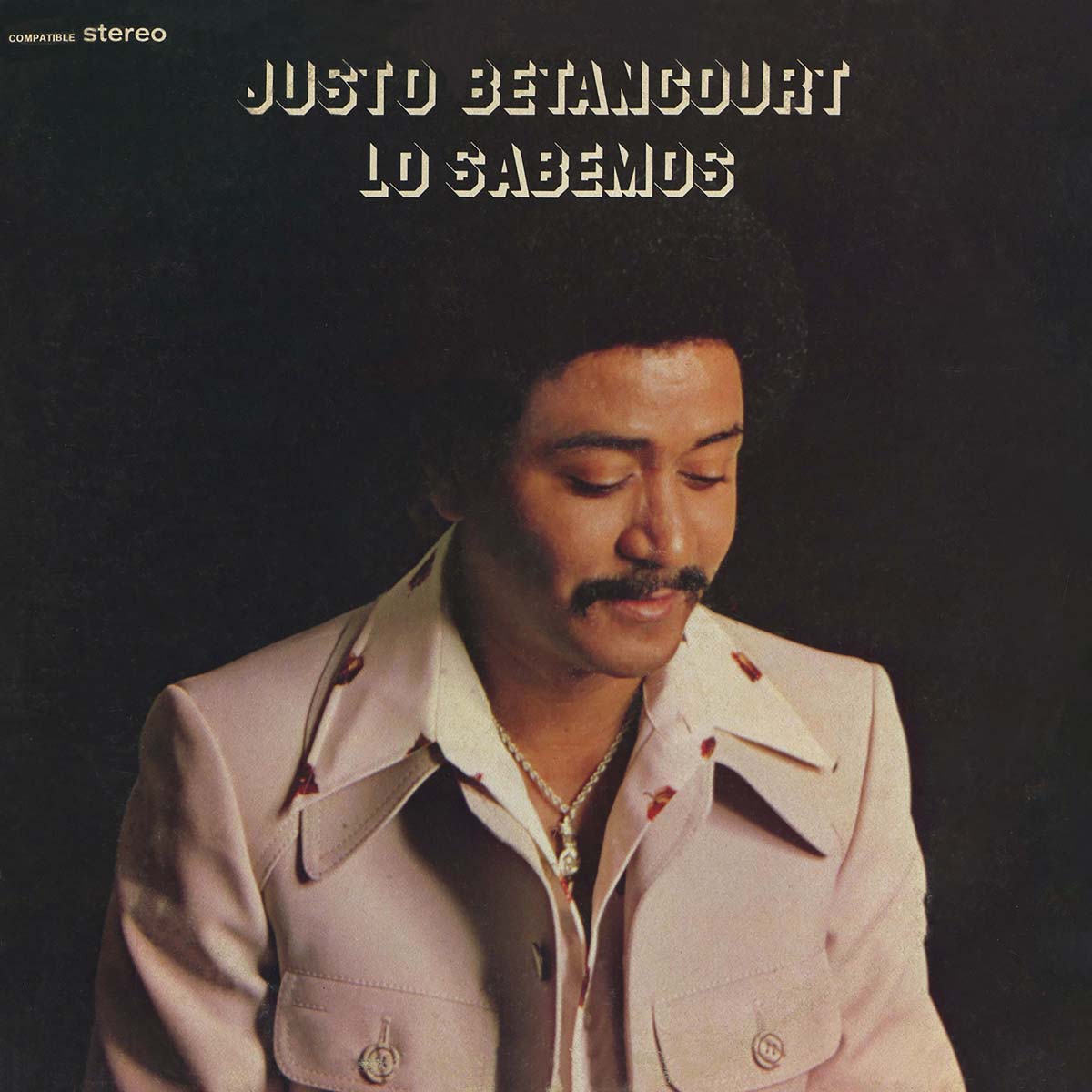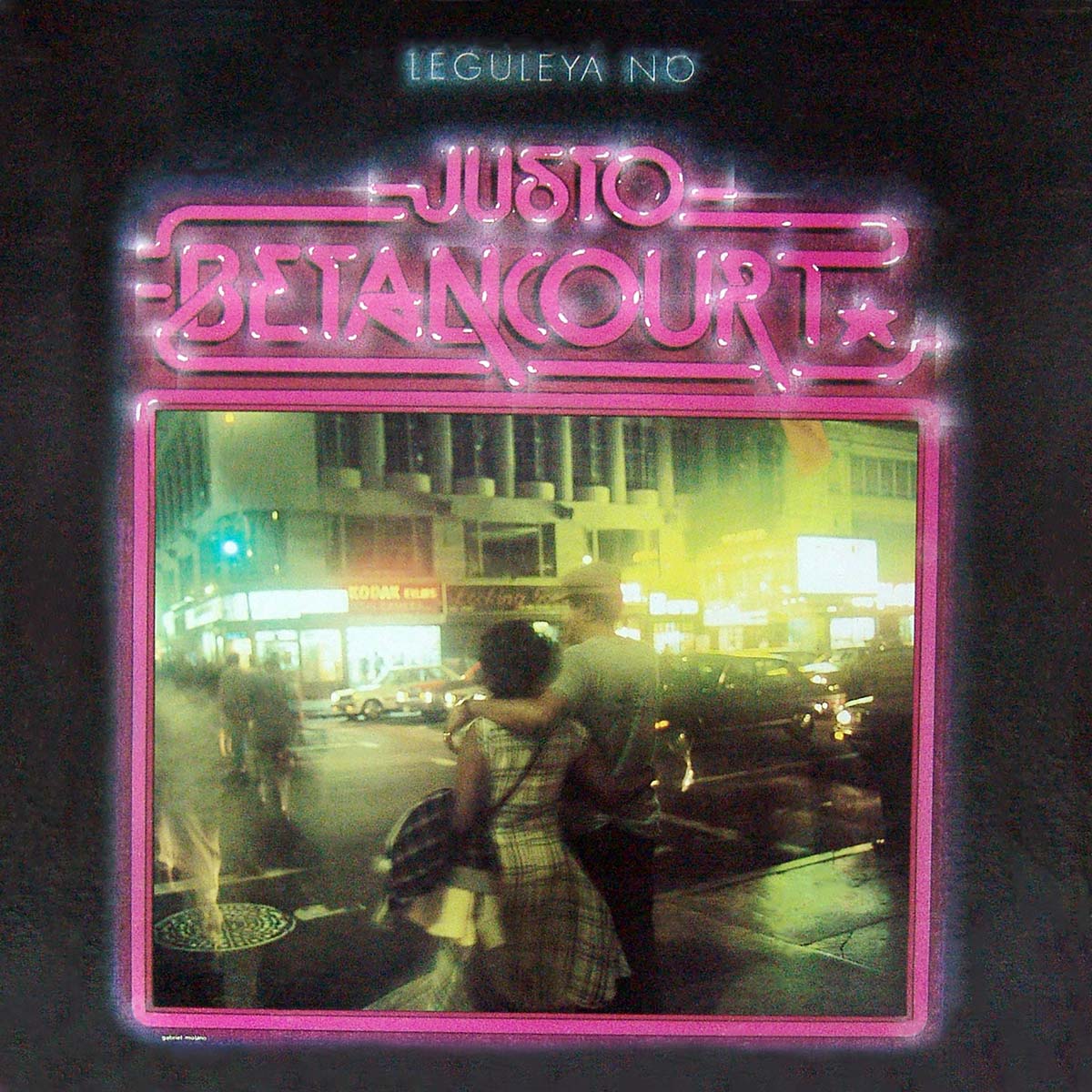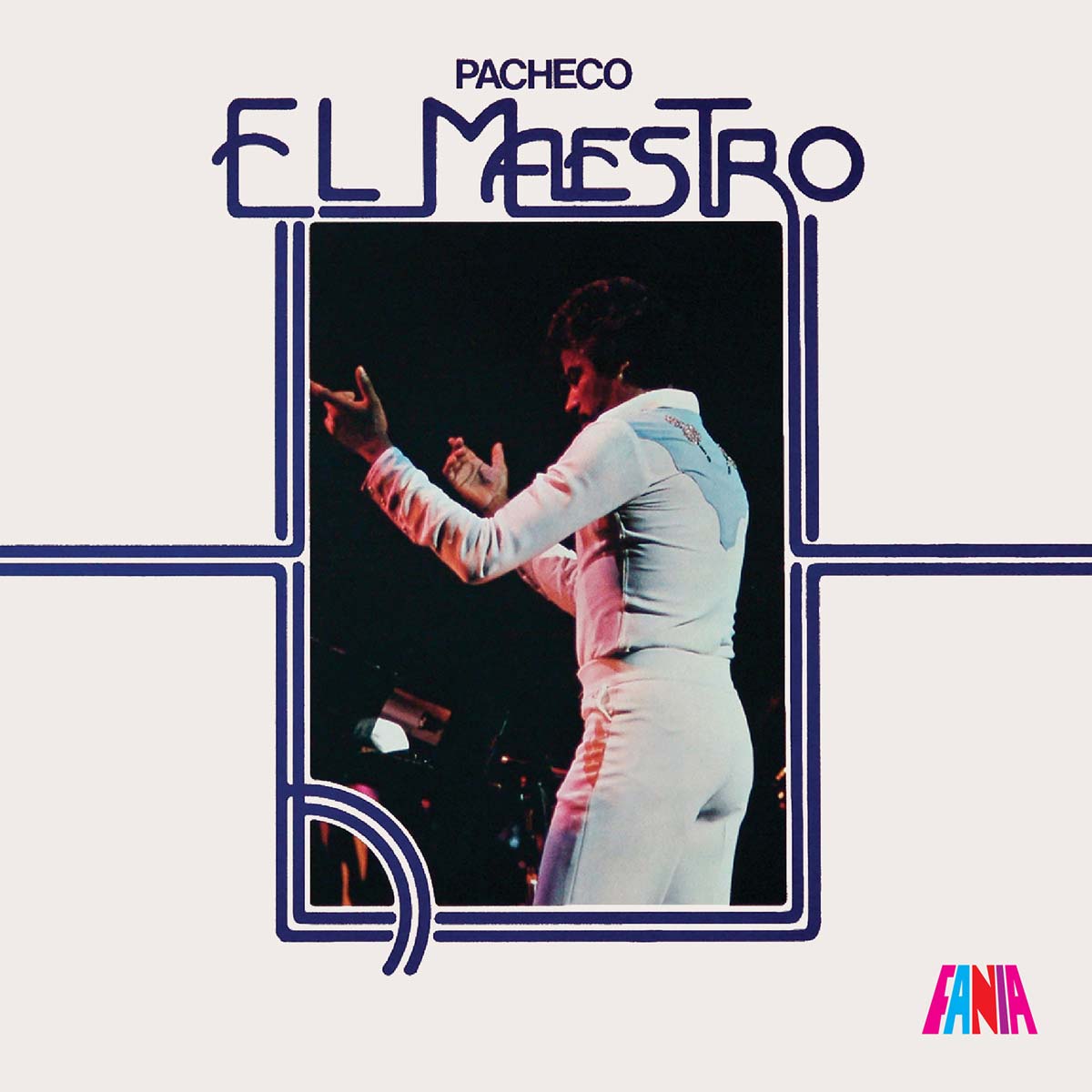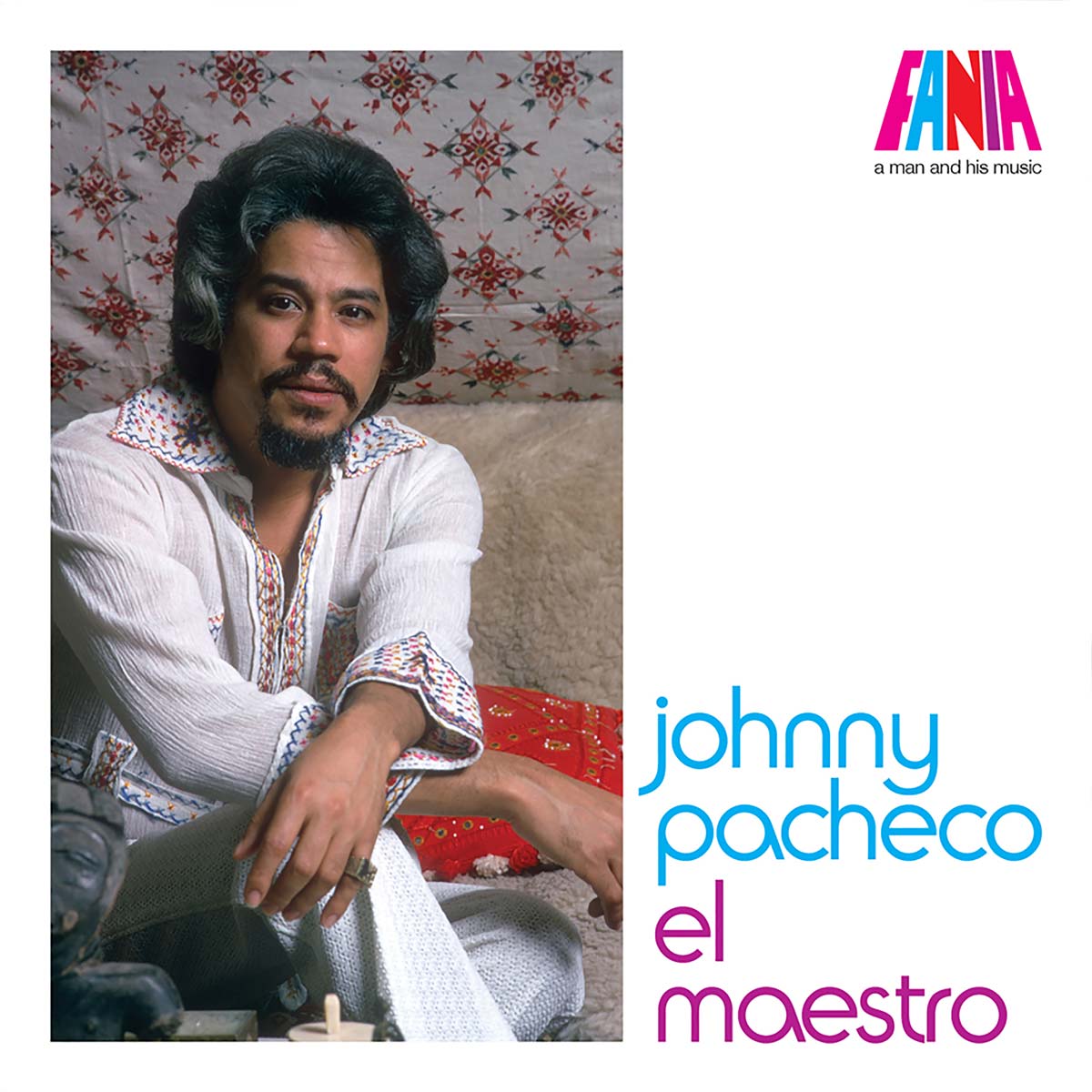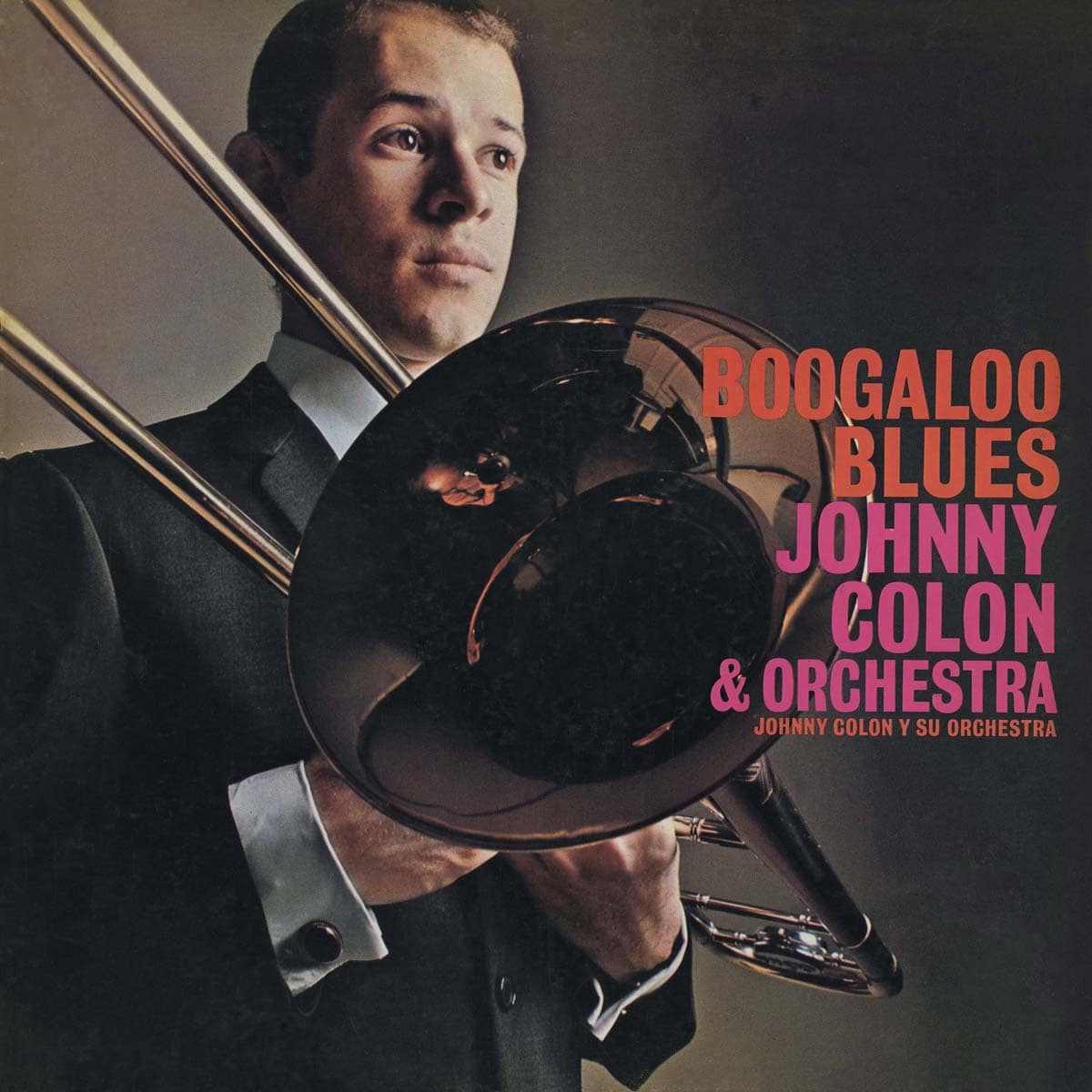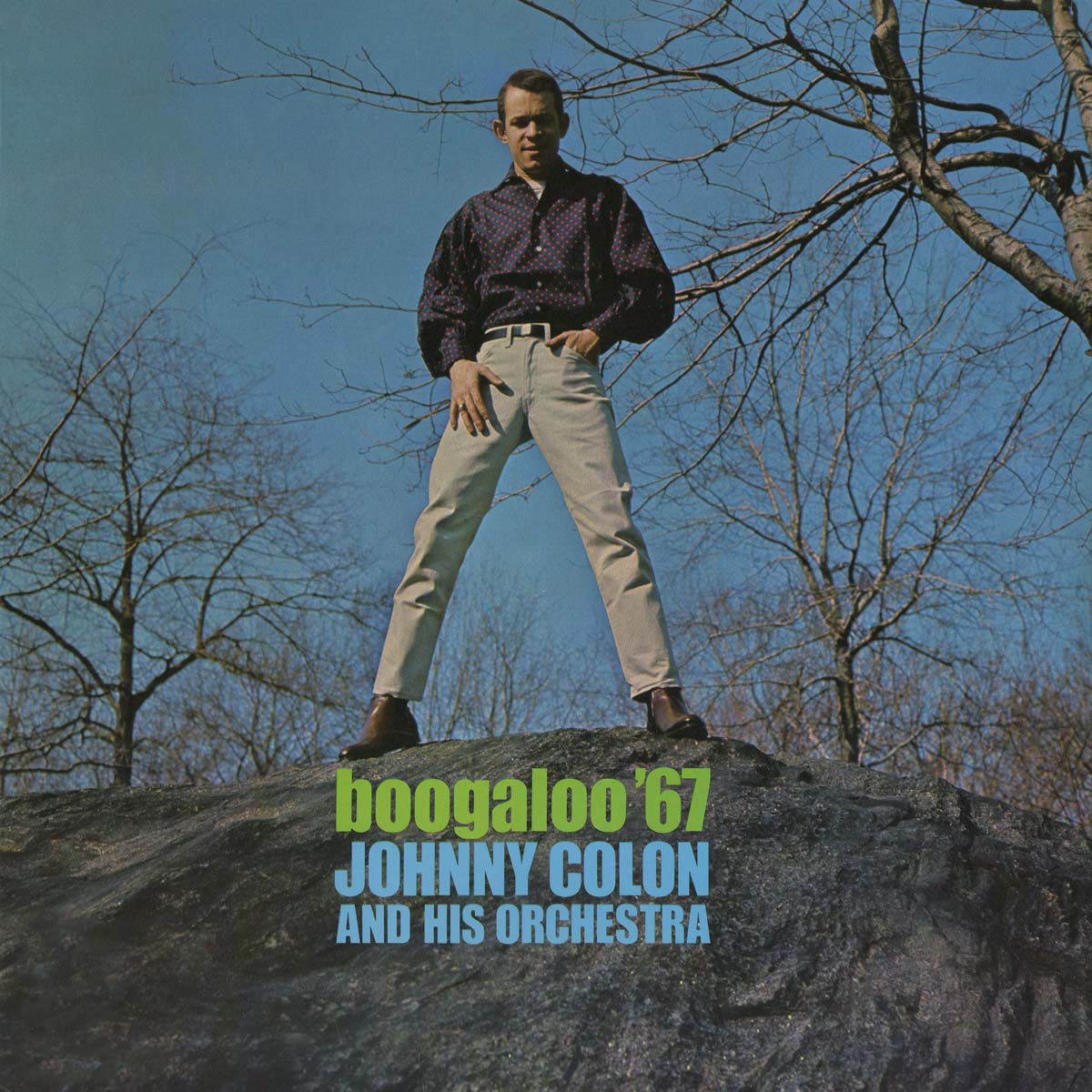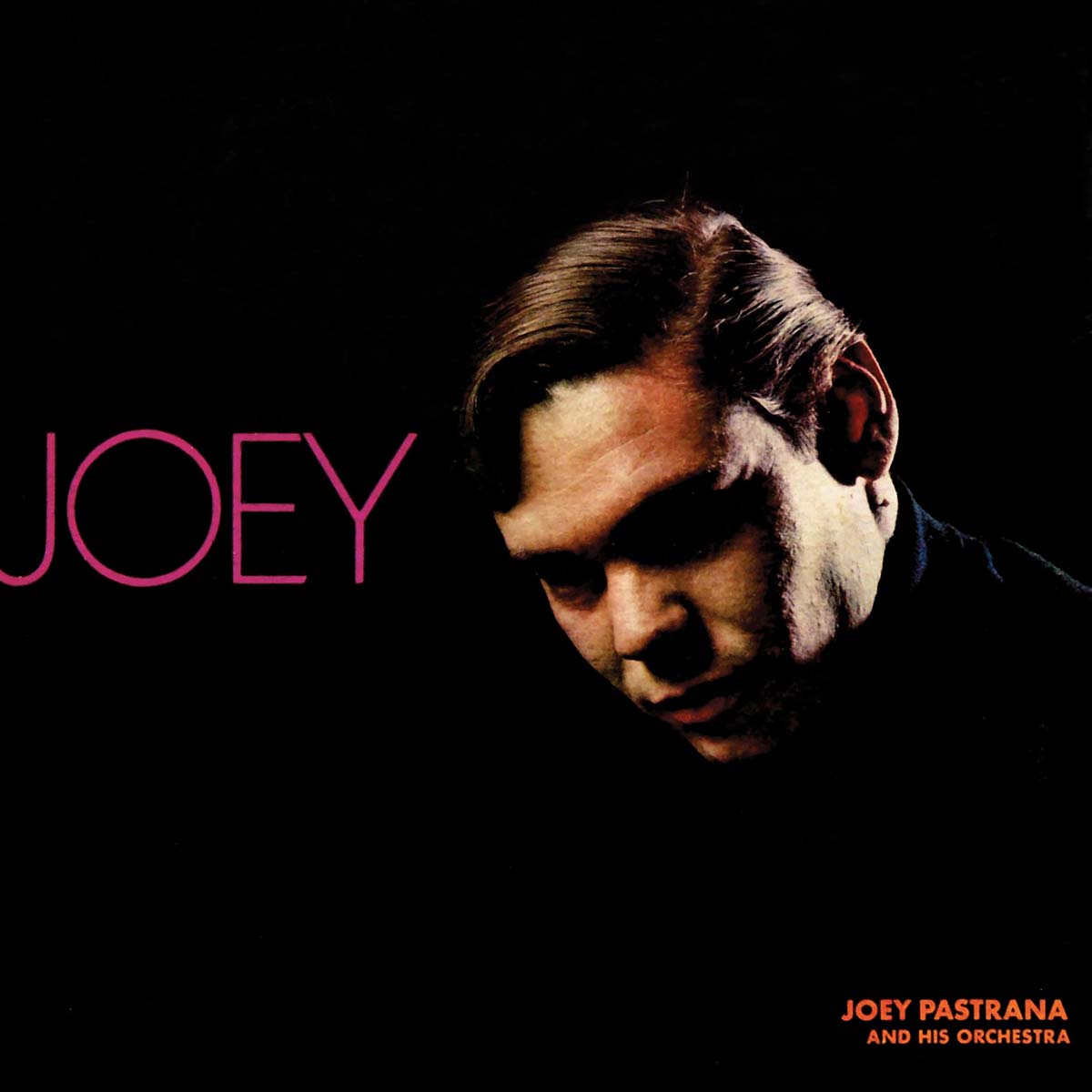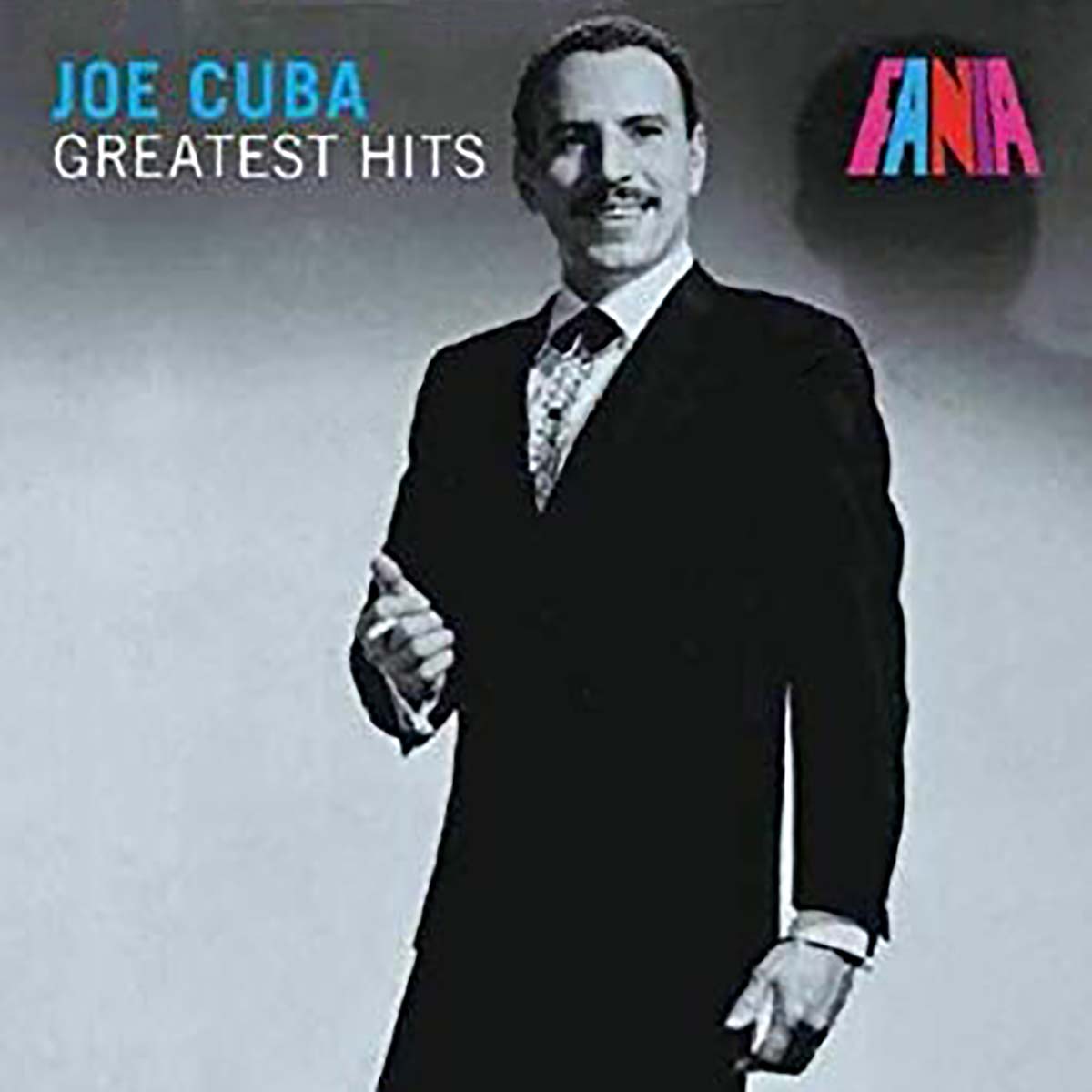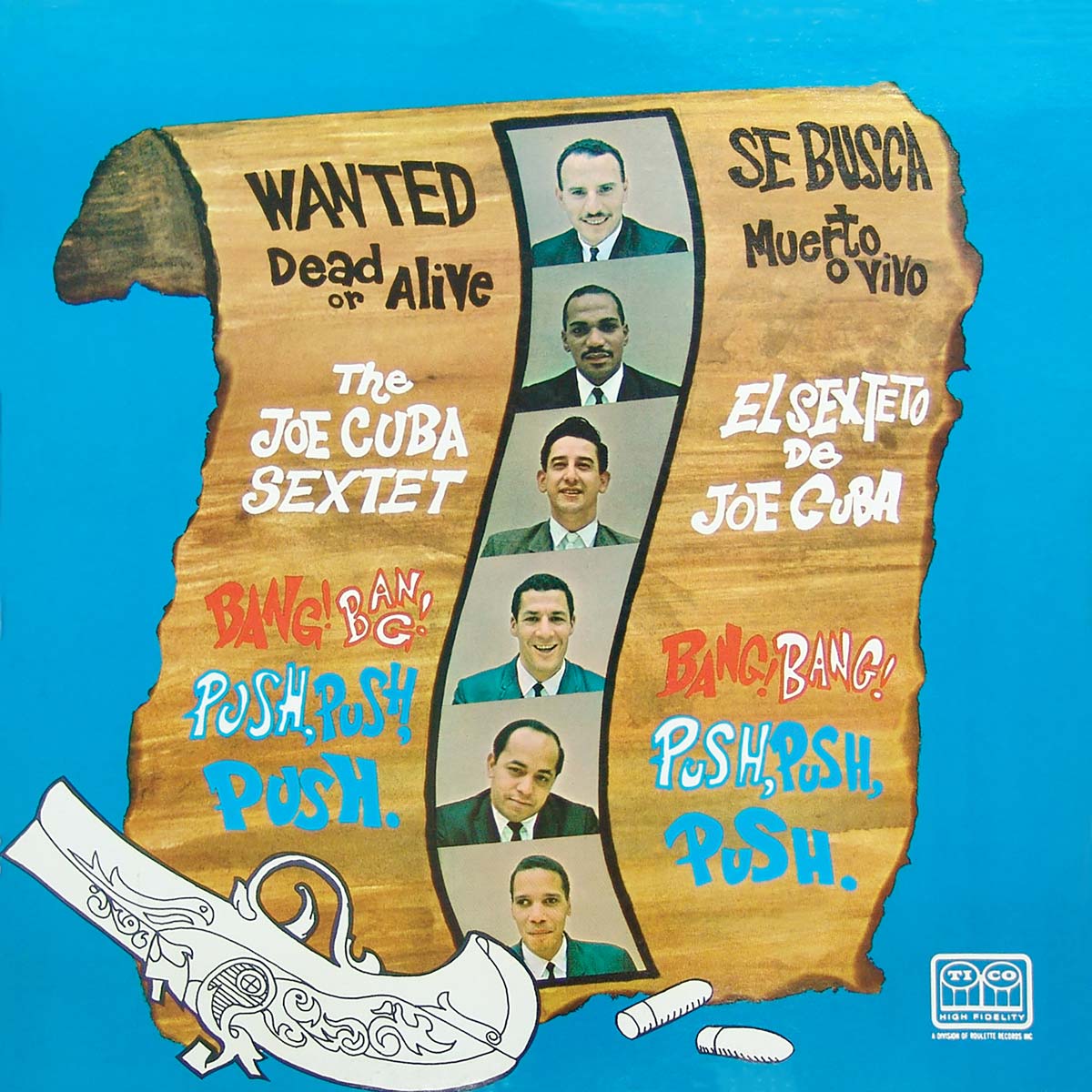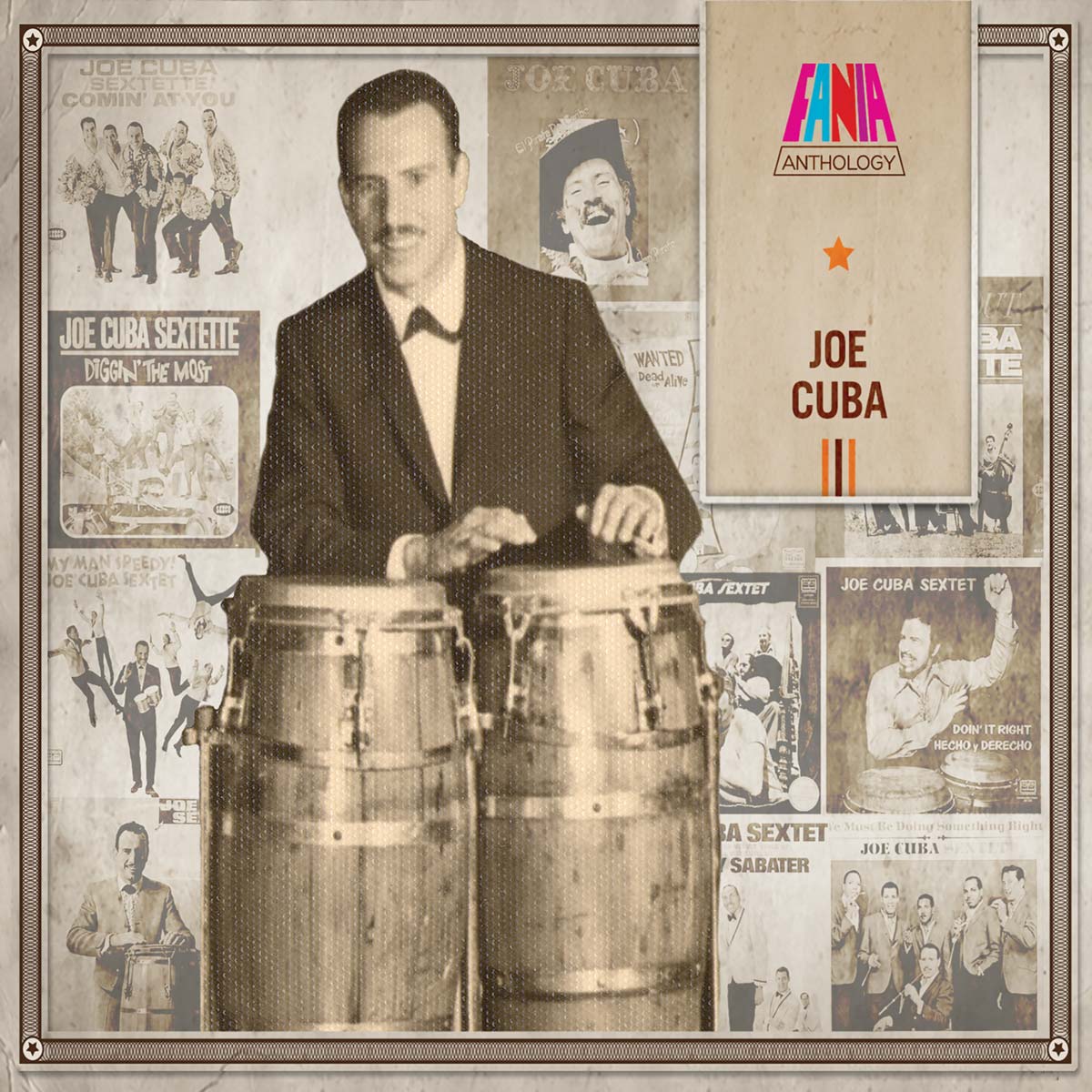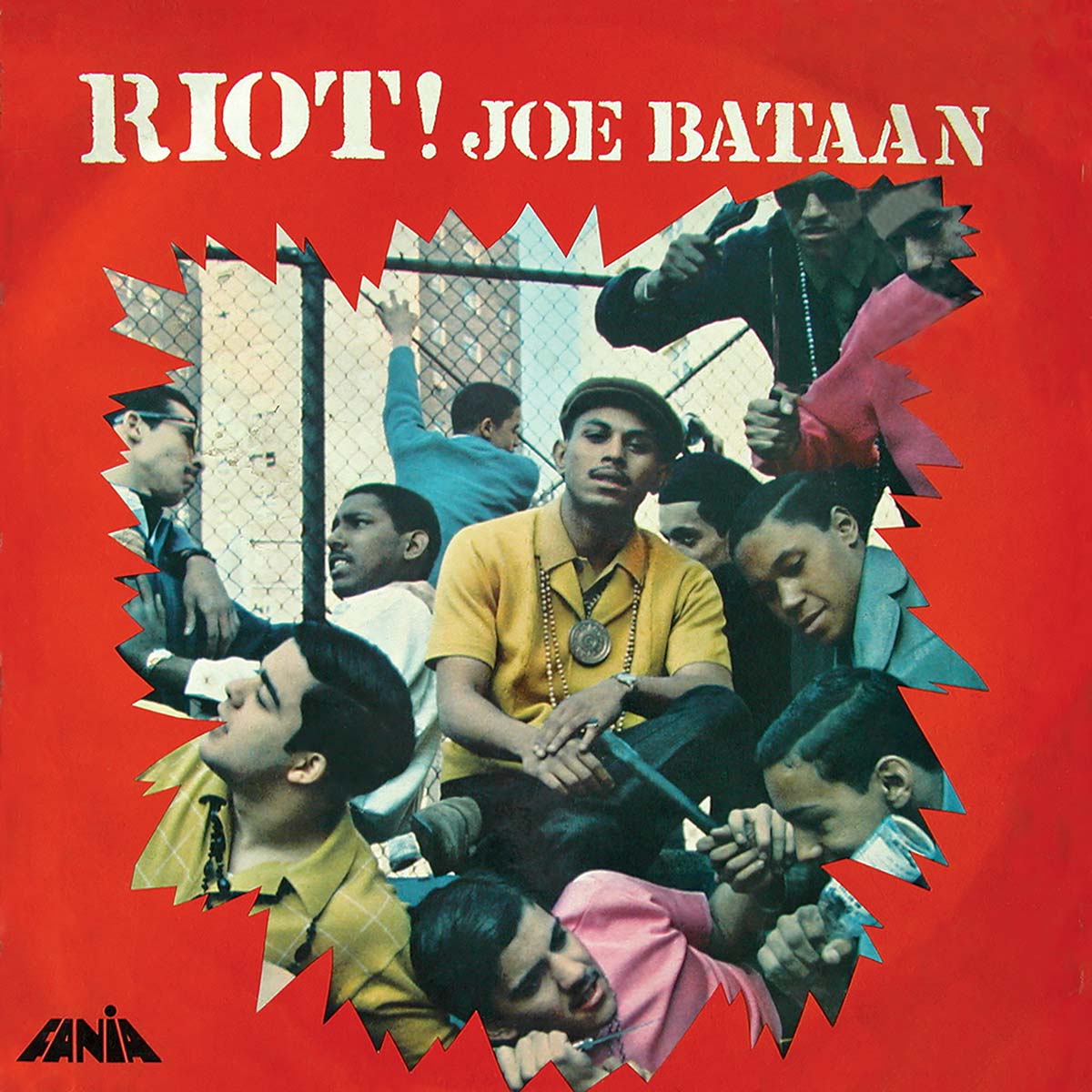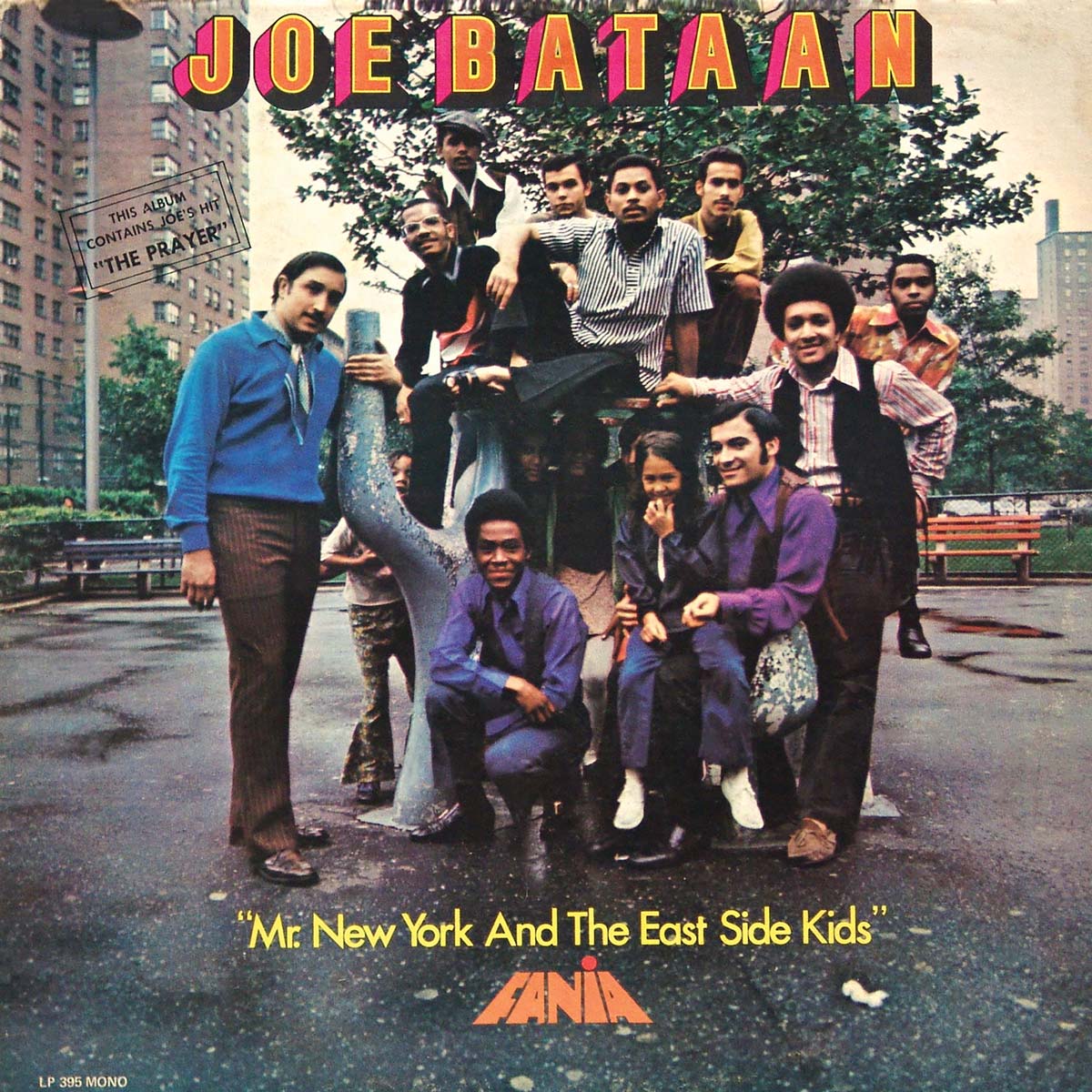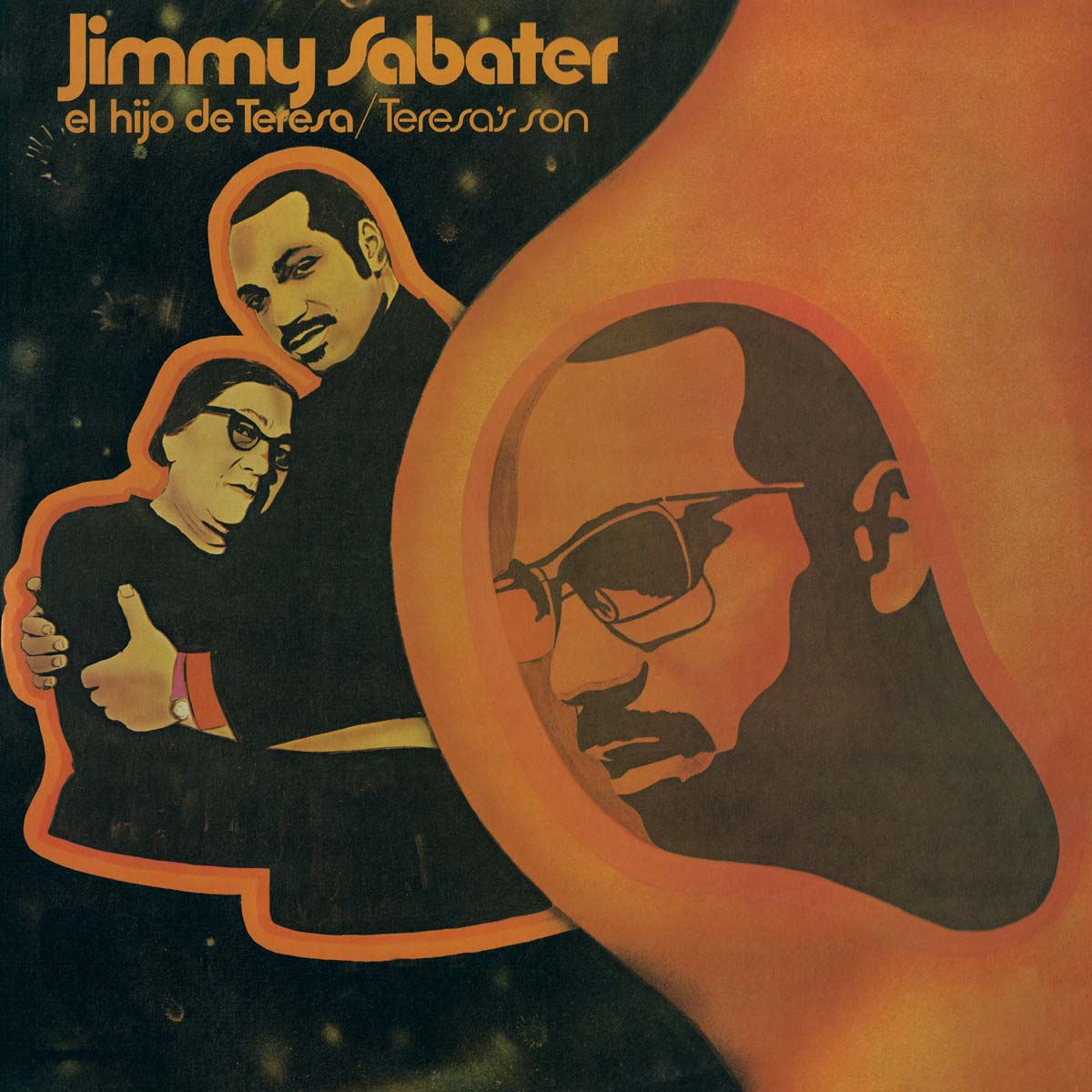PA’ BRAVO YO JUSTO BETANCOURT A true sonero is defined by the style of phrasing and improvization that sets him or her apart from everyone else. That is a proper description for Matancero Justo Betancourt, who was singing by the age of 11 as a member of a group Los Latinos that later became the Conjunto Club in Havana, Cuba. …
LO SABEMOS
LO SABEMOS JUSTO BETANCOURT With the album Pa’ Bravo Yo, Matanzas-born singer Justo Betancourt established himself as one of the brightest stars in salsa, the sociocultural movement established during 1971 in New York through the appearance of the Fania All Stars and their “Latin thing” at the Cheetah nightclub. Justo was not present on that particular performance, but the success …
LEGULEYA NO
The Distinctive and Different Justo Betancourt In his heyday, Justo Betancourt’s lyrical spontaneity and creativity, plus his ability to sing in a variety of styles with equal expertise, earned him the reputation of being a “singers’ singer”. He punctuates his vocals with catchphrases like “Distinto y Diferente” (Distinctive and Different), which was also the title of his 1977 album on …
LOS COMPADRES
In partnership with Jerry Masucci, an Italian-American lawyer who had handled his divorce, the multi-talented musician Johnny Pacheco formed Fania Records in New York in 1964. The record company, in fact, dominated the Latin record scene for two decades by bringing along promising young artists rather that poaching acts from other labels: Larry Harlow, Bobby Valentín, Joe Bataan and many …
EL MAESTRO
Though born in the Dominican Republic in 1935, the multi-talented Johnny Pacheco admits that he hates the island’s native merengue with a passion. In fact, it was the music he heard on Cuban radio by the likes of Arcaño y sus Maravillas, Arsenio Rodríguez and Chappottín, that he fixated on at an early age. And despite such passing fads like …
JOHNNY PACHECO A MAN AND HIS MUSIC – EL MAESTRO
Born in the Dominican Republic in 1935, Johnny Pacheco grew up mesmerized by the songs of Arcaño y sus Maravillas, Arsenio Rodríguez and Orquesta Aragón that he would listen to on Cuban radio. It was the Golden Era of Afro-Caribbean music, the time when Cuba was creating the foundation of everything that would follow in tropical music during subsequent decades. …
BOOGALOO BLUES
The fusion of Cuban son with pop, Soul, Rhythm & Blues and other African-American formats resulted in the quintessential New York genre known as boogaloo It was the first original offering created by the musicians from the Latin barrio, most of them of Puerto Rican origin. One of them was pianist, trombonist, singer and composer Johnny Colón. Johnny ventured into …
BOOGALOO ’67
Nine months after Boogaloo Blues rocked New York City and steered the course of Latin music into a new era, Johnny Colón and His Orchestra followed up with their sophomore effort, Boogaloo ’67, an energetic masterpiece on the cutting edge of the city’s Latin sound. Made at the peak of the boogaloo craze, when both new and established Latin artists …
JOEY
In the year 1967, when the Boogaloo craze was at its peak, Joey Pastrana, being aware that there were rumors floating around regarding Johnny Colon and the breaking up of his band, wrote a song for Johnny to record. That song was called “That’s How Rumors Start”. However, Johnny refused the song. So producer George Goldner told Joey to record …
JOE CUBA – GREATEST HITS
The Joe Cuba Sextet recorded countless hits across the decades, each embodying the soul of Spanish Harlem and capturing the sounds of the first generation of New York Puerto Ricans. With hustler instincts, Joe and his band—originally consisting of Jimmy Sabater on timbales and vocals, Tommy Berrios on vibes, Nick Jiménez on piano, Roy Rosa on bass (replaced early on …
JOE CUBA – EL ALCALDE DEL BARRIO
It was the evening of Sunday, February 15, 2009, when I was informed of the passing of Joe “Sonny” Cuba. Ironically, I had been working on these very liner notes at the time and had been speaking with him on a regular basis, seeking his input in preparation of this album. Regrettably, Joe suffered from a multitude of ailments and …
COCINANDO LA SALSA
In 1954, a Latino musician from the Spanish Harlem named Gilbert Calderón (aka Joe Cuba) decided to form a sextet with no brass and a bilingual singer. This man felt that the power of the English lyrics would allow the Latin sounds to reach an English speaking audience. And he was right: the group became an immediate hit. Its first …
BANG BANG PUSH PUSH
“Let’s just try it out, Sonny, if it doesn’t work, I’ll buy you a double”. The place: Palm Gardens Ballroom, mid-town Manhattan. The year: 1966. Singer Jimmy Sabater was trying to persuade his bandleader, José “Sonny” Calderón, or Joe Cuba, to implement a new idea that Sabater had in mind for some time. Reluctantly, Cuba agreed. Sabater gave pianist Nick …
ANTHOLOGY
The Joe Cuba Sextet recorded countless hits across the decades, each embodying the soul of Spanish Harlem and capturing the sounds of the first generation of New York Puerto Ricans. With hustler instincts, Joe and his band—originally consisting of Jimmy Sabater on timbales and vocals, Tommy Berrios on vibes, Nick Jiménez on piano, Roy Rosa on bass (replaced early on …
SUBWAY JOE
Joe Bataan is rightfully esteemed as the King of Latin Soul. Born in New York’s Spanish Harlem in 1942 of Philippine and African-American parentage, his masterful songs about everyday ghetto life are forever embedded in the hearts of generations of Latinos. Growing-up in the tenements of El Barrio, Joe was exposed to a cocktail of pop, Latin, doo-wop and R&B. …
SINGIN’ SOME SOUL
By the late 1960s, Fania had aspirations to break out beyond el barrio. If tico and alegre could be conquered by the Fania juggernaut, why not take aim at atlantic and Motown too? With Singin’ Some Soul, Fania gambled that by pairing Joe bataan’s talents with Jerry Masucci’s ambitions, they could forge a genuine r&b hit record for a label …
SAINT LATIN’S DAY MASSACRE
In this album, Joe Bataan’s sixth for the Fania label, Joe demonstrates his rare ability to blend Latin soul, salsa, and tropical music. For example, the first song of the album, “Coco-E”, composed by Joe, brings us a festive performance by Joe and his orchestra. When the chorus intones a-e la fiesta va empezar, the listener is immediately transported to …
RIOT!
Joe Bataan’s Riot! was the biggest-selling Latin music album when it came out in 1968 – that eventful year of urban riots, political protest and cultural awakening across America. The album’s music was the sound of the times: boisterous Latin soul with its fusion of cha cha cha’s and R&B backbeats along with heartful soul crooning, big-city trombone sounds, hand-clapping …
MR. NEW YORK AND THE EAST SIDE KIDS
Joe Bataan is the ultimate Latin Soul crooner of his era. I believe you will agree with this observation after listening to this album, which was recorded during the height of Joe Bataan’s popularity, in 1971. The arrangements, written by Joe, who taught himself how to play piano, are examples of the fusion of Latin and Soul music as it …
EL HIJO DE TERESA
Jimmy Sabater is one of the more revered voices in Latin music – his role as one of the main vocalists with the Joe Cuba band for over 20 years pretty much ensured that. This role saw him take to the fore on some of the biggest crossover hits of the 1960s, and appear on some of the most sought …


